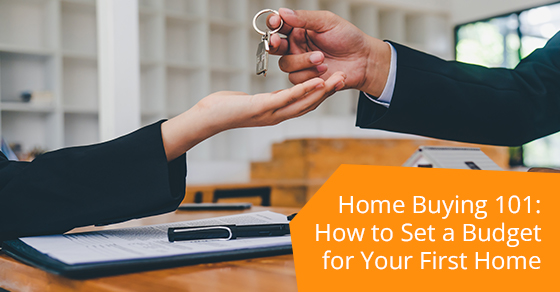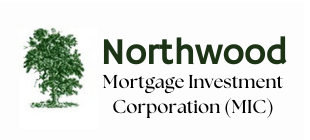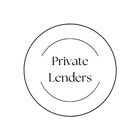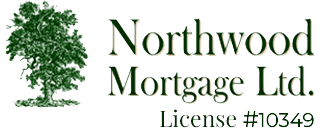When buying a home, it’s important to understand the limitations of your affordability. In order to do this, you must first determine your budget based on personal income, savings, and a few other factors.
Using a Mortgage Qualification Calculator
If you are looking for a home in Ontario, a mortgage qualification calculator is an important tool worth using. It helps determine the approximate amount of money a lender will loan you.
However, if you qualify for a certain type of mortgage, that does not mean you will be able to afford it. That’s where creating a budget comes in handy.
Setting a budget that factors in both your primary and discretionary income, along with any additional savings, will help determine the type of mortgage you can afford.
Determining Monthly Costs
To determine the monthly payments you will need to put towards your mortgage, three specific numbers that need to be calculated. These include:
- Mortgage amount: The total amount you are borrowing from the lender.
- Amortization: The total life of your mortgage.
- Mortgage rate: The interest rate you pay on the mortgage.
A mortgage qualification calculator uses these numbers to establish what the monthly payments would be based on how much mortgage you qualify for.
In addition to seeing the breakdown of monthly payments, a mortgage qualification calculator in Ontario can show you the difference that various payment frequencies will make to the amount of interest you will end up paying.
Build Your Budget
We recommend building a budget by following these simple steps:
1.Create a dedicated savings account
If you want to make an affordable plan for your future home, you must first set a realistic goal that takes into account all your current streams of income. A mortgage qualification calculator is a great way to gauge how much money will go toward your house every month.
By booking a consultation with one of our mortgage experts at Northwood Mortgage, we can help you calculate the actual cost of your future home or property, and provide a better idea of what the buying process will entail.
2.Plan for the down payment
When buying a property, we recommend that you have 6.5% of its value (at minimum) saved up ahead of time. This percentage includes at least 5% for the expected down payment, as required by most regulatory authorities, and 1.5% for any start-up costs you may encounter at the beginning.
Among other fees, these costs help cover notary fees and mortgage loan insurance premiums you are bound to incur if your down payment is below 20% of the purchase price.
One of the best ways to budget for your down payment is getting a mortgage pre-approval. This process helps you determine the exact amount of money a lender will provide you, making it easier to calculate the amount you will need to save.
3.Visit open houses
Once you have put aside the money for your down payment and received a pre-approval on your mortgage, you can begin visiting open houses. Going in person to view potential homes gives you an opportunity to ask about any fees associated with the property, such as municipal taxes or condo fees.
These numbers are something you will need to factor in when determining your overall budget, as well as potential yearly and monthly payments that will be required.
4.Put aside money for homeowner costs
Once you purchase your home, the mortgage payments will be in place, and all that’s left are the remaining setup costs. These will include things such as a home inspection, necessary construction, home decorating, and any other touches that are required to make it feel like home.
Book a Consultation
For more information, reach out to one of our mortgage experts in Ontario today and take advantage of our mortgage qualification calculator. You can call Northwood Mortgage at 416-969-8130 or contact us here.






































